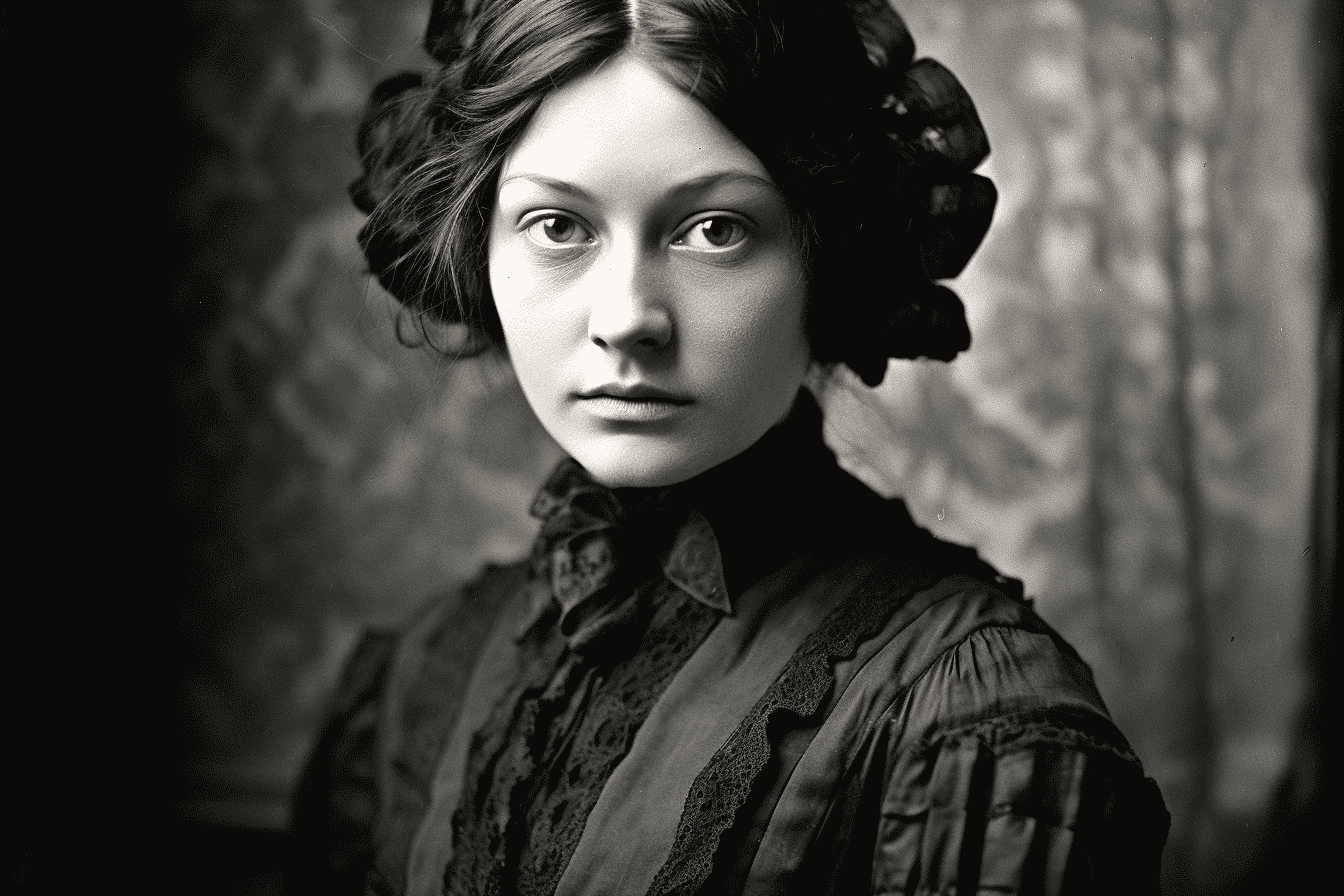In a remarkable intersection of history and art, a collection of photographs thought to be among the last taken of Florence Nightingale, the pioneering English nurse, is set to go under the hammer in London. This auction, encompassing more than just images but also personal items and letters, provides a unique window into the final days of a woman who revolutionized nursing and healthcare.
The auction features small, sepia-toned photographs measuring 5.9 x 5.9 centimetres, taken around 1910 by Eliza Francis “Fanny” Pettit, Nightingale’s companion in her later years. These images capture Nightingale, who passed away on August 13, 1910, at age 90, in a personal and informal light, different from her public persona.
Jack Wallis, works of art specialist at Roseberys, shared with CNN the significance of these photographs. “The family history behind these photographs leads us to believe that they may be the final images of Nightingale,” he said. Wallis emphasized the timing of these photographs, likely captured in the final weeks or months of Nightingale’s life, and their authenticity, confirmed through an exclusive exhibition at the Florence Nightingale Museum in London.
Nightingale’s contributions to nursing and healthcare were monumental. Born in 1820, she rose to fame during the 1853-1856 Crimean War for her compassionate care of wounded soldiers, earning her the moniker “Lady with the Lamp.” Her legacy includes establishing the Nightingale School of Nursing at St. Thomas’ Hospital in London in 1860 and becoming the first woman to receive the Order of Merit. Her impact is celebrated annually on International Nurses Day, observed on her birthday, May 12.
The auction also features other personal items, including a travel teapot and silver-plated tea caddy given to Pettit by Nightingale and a poignant letter by Elizabeth Bosanquet, Nightingale’s housekeeper. In this letter, Bosanquet describes the peaceful passing of Nightingale and invites Pettit to see her serene final resting state. “It was very peaceful and merciful, and one is so thankful she slept away with no suffering,” Bosanquet wrote, capturing the tranquillity of Nightingale’s final moments.
Wallis remarked on the rarity and significance of such a collection. “It is very rare for a collection of this nature to come to market, particularly about an icon of British history such as Florence Nightingale,” he said. This collection highlights Nightingale’s professional achievements and provides insight into her character and the intimate moments of her life’s end.
The collection is expected to fetch between £15,000-25,000 ($19,000-31,000) at auction, a testament to the enduring legacy and fascination with Florence Nightingale.
The upcoming auction in London presents a rare opportunity to own a piece of history linked to Florence Nightingale, a figure whose contributions to nursing and healthcare continue to resonate today. These final photographs and personal items offer a candid glimpse into the life of a woman whose influence extended far beyond the battlefield hospitals of the Crimean War, shaping modern nursing practices and education.




